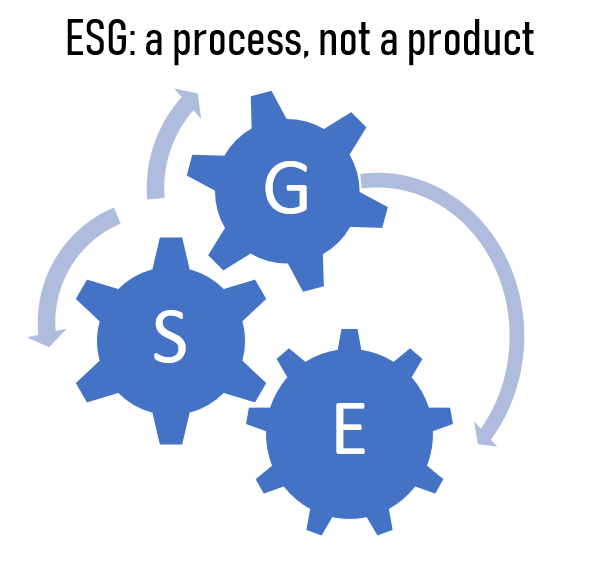There is no doubt that the role of the corporation had been under intense scrutiny in recent years, as executives and investors are being held to a higher standard when it comes to the role that businesses play in the global commercial system, and also the communities in which their operations reside. The global events that have unfolded over the past 12 months underscore this point. However, the recent yet not so surprising removal of Danone’s CEO and Chair Emmanuel Faber should serve as a wake-up call to supporters of sustainable finance and Environmental, Social & Governance (ESG) messaging. Balancing people, purpose and profit, the 3Ps, is possible. It is also difficult. While this balance can and should be incorporated into the fundamental foundation and mission of corporations, executing against defined objectives can prove tricky, especially if P1 and P2 come at the expense of P3. Investors, in the end, want to see returns.
Faber’s ouster could be a bellwether for a more meaningful, and profitable, approach to ESG. His well-intentioned attempts to balance the 3Ps was, in my opinion, one of the brighter spots in the sea of multinational corporate responsibility confusion. Danone’s roots in both the food/beverage and the Consumer Goods sectors provides the opportunity for effective and direct ESG positioning with both suppliers and consumers. Many companies in this space talk, but Danone’s longer term focus coupled with a more balanced integration of measurable sustainable financial and environmental goals with upstream suppliers (partly triggered as a response to COVID disruption) carries a legitimacy which tends to be lacking among many of the initiatives being developed at many companies situated in similar operating consumer goods environments. This is where the importance of competence-based ESG measures is critical, and where the pitfalls associated with greenwashing have been taking their toll.
ESG objectives need to be securely tied to a platform which is built upon equal parts science, engineering, analytics and finance. It does no good to build a profitable resource efficiency or supply chain waste reduction strategy if there is no true quantifiable measure of environmental resource improvement, grounded in metrics and analysis. Likewise, if the retooling of technical components embedded within global supply chains does not start to provide a financial benefit to suppliers and investors, the window of opportunity will close and ESG as both an operating principle and an investor screening factor will fade into obscurity (remember CleanTech 1.0).
Corporate marketing brochures and public statements centered around improving corporate governance and accountability with respect to ESG factors are certainly not in short supply; however, the results that capture both environmental and financial returns are still vague. Those involved in setting the roadmap of balancing the 3Ps need to use this opportunity to demonstrate relevance, efficacy and favorable financial potential. When ESG goals are established, they need to not only be well defined and actionable, but also meaningful. They also need to be fluid, as sustainability should be viewed as a journey, not a goal in and of itself.
